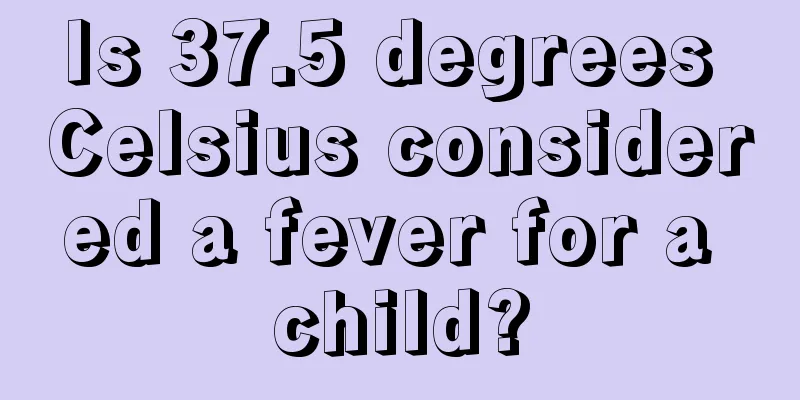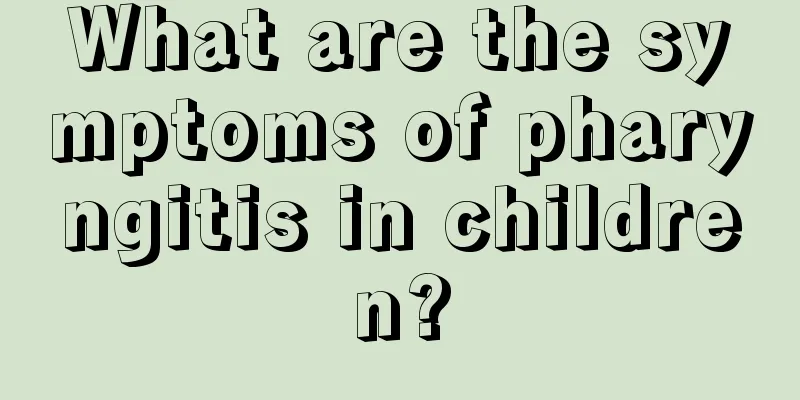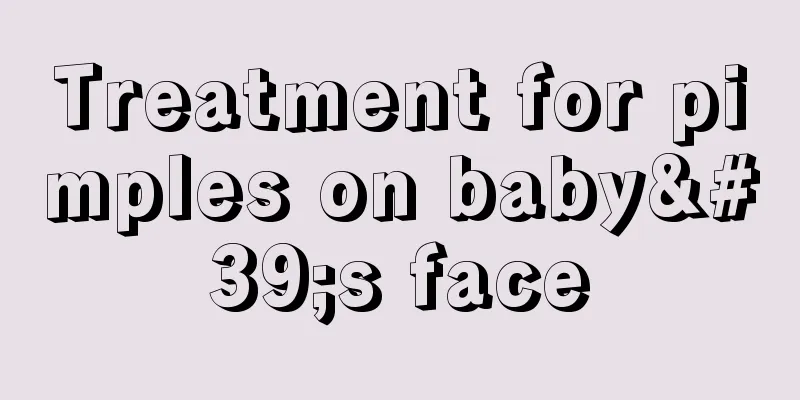How should I treat a baby with a fever of 39 degrees?

|
Most of the time, children's fever is caused by colds. Usually, cold medicines should be used in combination. When the baby's body temperature exceeds 39 degrees, it is considered a high fever. So how should this disease be treated? How do we know if the baby has other symptoms? How should we treat the baby when his body temperature is abnormal? Children's fever is a problem that every parent will face. Its principles and treatment methods are what parents are most concerned about and need to learn the most, but they are also the topics with the most misunderstandings and myths. Therefore, this article will provide a simple introduction to body temperature regulation, fever pathology, how to distinguish the severity of fever, and methods of taking body temperature and reducing fever, hoping to provide parents with practical reference. Understanding Fever in Infants and Young Children The human hypothalamus contains a temperature regulation center, which functions like the temperature of a central control system of an air conditioner or heater. Based on this set temperature, homeothermic animals will produce and dissipate heat to maintain a constant body temperature. Just like the thermostat fine-tuning of an air conditioner or heater, the temperature is kept within a certain range through computer sensing and control. The body temperature of infants and young children is different from that of adults in several characteristics: 1. The temperature setting for infants and young children is higher than that for adults Therefore, it is not reliable for parents to detect whether their children have a fever by touching their children's temperature. The core body temperature of infants and young children is approximately 37.5 degrees Celsius, with a fluctuation of about one degree; the core body temperature of older children and adults is 36.8 degrees, with a fluctuation of 0.5 degrees. 2. Infants and young children have a larger body surface area relative to their body weight than adults Therefore, infants and young children can easily dissipate heat. When the outside temperature drops, if they are not kept warm, they will be more afraid of the cold than adults. 3. Infants and young children have less muscle tissue Infants and young children have poor heat production ability, and it is difficult for them to shiver when they feel cold like adults. They maintain their body temperature by generating energy through muscle tremors and contractions. Upper respiratory tract infection is a very common disease in children. It has a certain degree of self-confidence, so we recommend that you must treat it according to your own situation. If you have a fever all over your body, you should consider it as an early sign of infection. It is recommended that you drink more water to prevent your baby from catching a cold again. |
<<: How to supplement zinc if baby has poor appetite?
>>: What should I do if my baby has a fever and poor appetite?
Recommend
Why does my 2-year-old baby snore?
We also know that baby's sleep is very import...
Treatment for children with a temperature below 36 degrees
Nowadays, infant diseases are rampant and many in...
How should amblyopia in children be treated?
Nowadays, more and more children are becoming dis...
What should I do if my child has a fever of 45 degrees?
Fever is a common condition for everyone. Fever i...
How to choose a baby bottle for newborns
The vast majority of babies do not drink exclusiv...
What are the dangers of children wearing nail polish?
Women must be familiar with nail polish. Nowadays...
What symptoms will children with congenital heart disease have?
Although the current medical level is relatively ...
Pediatric asthma treatment
Cases of asthma in children have become common re...
What can’t babies eat before they are one year old? Remember these taboos
Parents should not feed their children foods that...
How can I treat my child’s snoring to improve it?
Some careful parents may find that their children...
How to deal with children's dark eye bags
During the growth process of children, parents ne...
Child care knowledge
Children are the hope of every family and the flo...
Diet therapy to prevent hand, foot and mouth disease
We all know that hand, foot and mouth disease is ...
How many months can babies eat rice cereal and add complementary food
Rice noodles are not unfamiliar to many people. W...
Hand, foot and mouth disease with repeated high fever of 39 degrees
Young children are prone to diseases due to their...









